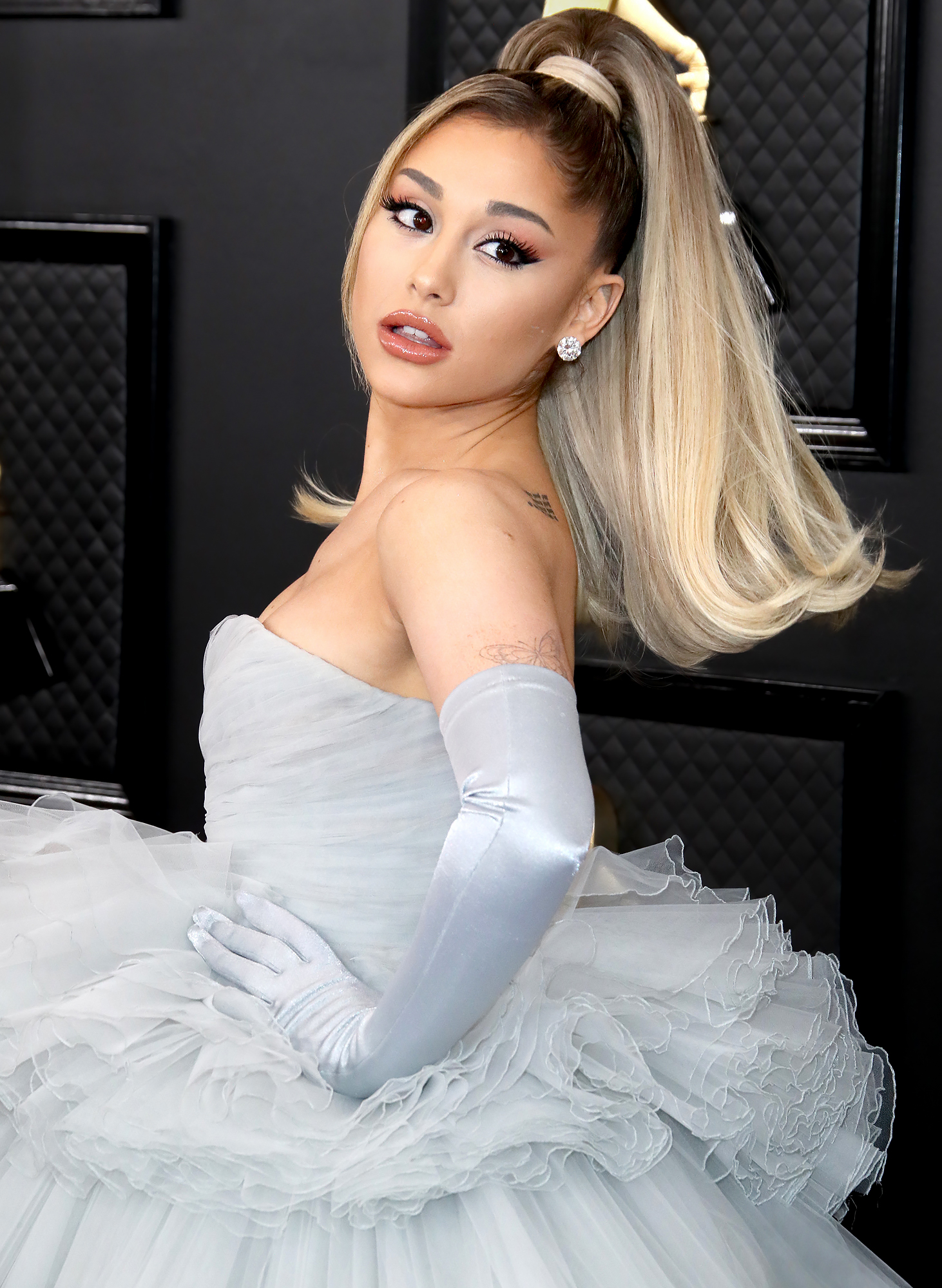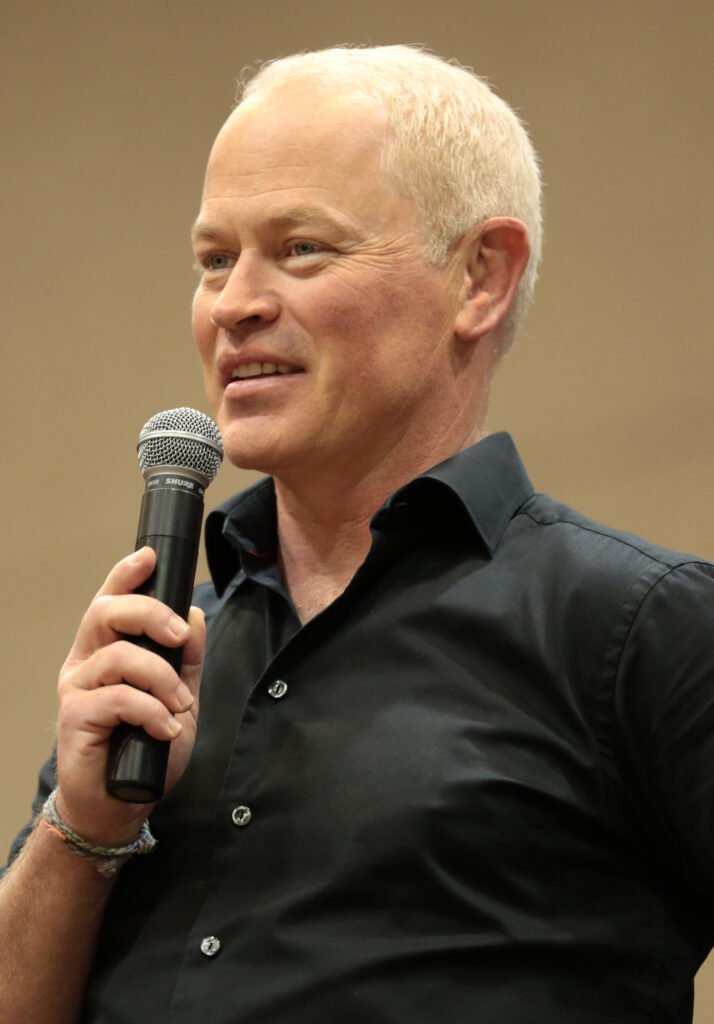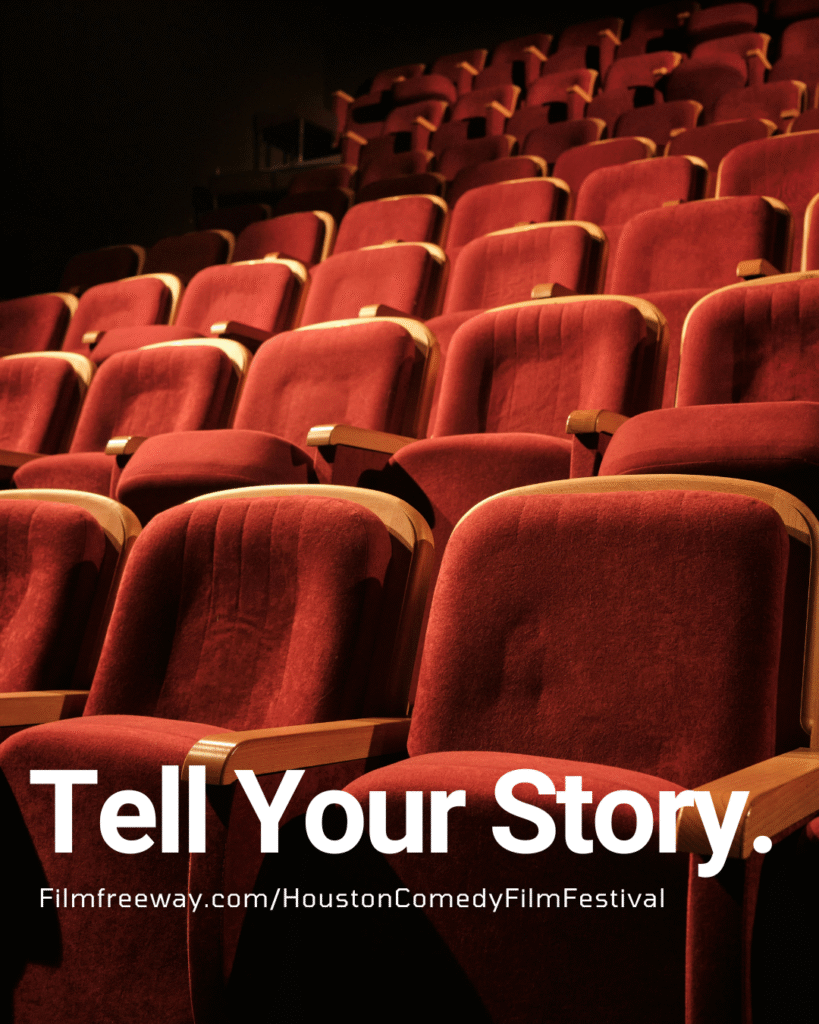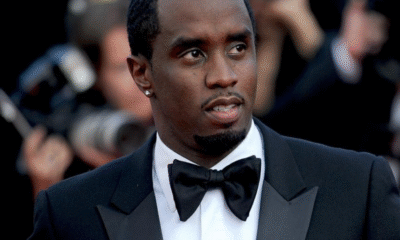Entertainment
Ariana Grande’s Most Controversial Moments: Alleged Cheating and More on August 1, 2023 at 12:00 am Us Weekly

Ariana Grande Matt Baron/Shutterstock
Ariana Grande‘s on-set romance with Ethan Slater is far from her first brush with controversy.
Since her rise to the top of the charts, Grande’s career has been plagued by scandals. In July 2015, she sparked outrage online after a video of her licking donuts — and later calling them “disgusting” and saying she hates America — went viral. She issued several apologies about the incident, asserting in a statement to Us Weekly that she would “strive to be better” after the public took offense to her “poor choice of words.”
Along with allegedly feuding with former costars and being accused of plagiarism, Grande’s personal relationships have raised eyebrows over the years. Naya Rivera once claimed the pop star’s romance with Big Sean may have overlapped with her own — and some fans have allegedly found evidence that the pattern continued in more of Grande’s relationships.
Following her whirlwind engagement to Pete Davidson, Grande attempted to keep her love life on the down-low. She exchanged vows with Dalton Gomez in May 2021, but the couple called it quits after two years of marriage.
As news broke of Grande’s divorce, Us confirmed her relationship with Slater — and fans quickly tried to piece together their dating timeline. “Ariana’s determined to move forward,” a source exclusively told Us of the scandal in July 2023.
Keep scrolling for a breakdown of Grande’s biggest controversies through the years:
The ‘I Hate America’ Donut
Grande sparked backlash in July 2015 when footage went viral of her and then-boyfriend Ricky Alvarez at Wolfee Donuts in California. In the clip originally posted by TMZ, Grande licked pastries she didn’t appear to have purchased when an employee’s back was turned. When a tray of fresh donuts was brought out, she teased, “What the f—k is that? I hate Americans. I hate America! That’s disgusting.” (The incident took place on the 4th of July.)
The video was immediately met with outrage, and Grande issued a statement to Us apologizing for her behavior. “I am EXTREMELY proud to be an American and I’ve always made it clear that I love my country. … As an advocate for healthy eating, food is very important to me and I sometimes get upset by how freely we as Americans eat and consume things without giving any thought to the consequences that it has on our health and society as a whole,” she explained, acknowledging that she should have had “more discretion with my choice of words.”
During a Good Morning America appearance in September 2015, Grande apologized once again. “I think one of the biggest things I learned from that was what it feels like to disappoint so many people who love and believe in you. And that’s an excruciating feeling,” she said.
Todd Williamson/January Images/Shutterstock
Calling Out the Grammys
In February 2019, reports surfaced that Grande canceled her planned performance at the 61st annual Grammys due to production disagreements. Producer Ken Ehrlich later claimed to the Associated Press that Grande “felt it was too late for her to pull something together.”
Grande swiftly clapped back via Twitter, writing, “Mhmmm here it is! I’ve kept my mouth shut but now you’re lying about me. I can pull together a performance over night and you know that, Ken. It was when my creativity & self expression was stifled by you, that I decided not to attend. I hope the show is exactly what you want it to be and more.”
Grande was reportedly told she couldn’t perform “7 Rings” unless it was part of a medley. In her string of tweets, Grande claimed she offered suggestions for different songs. “It’s about collaboration. It’s about feeling supported. It’s about art and honesty. Not politics. Not doing favors or playing games,” she wrote. “It’s just a game y’all.. and I’m sorry but that’s not what music is to me.”
That year, Grande was nominated for Best Pop Vocal Performance and Best Pop Vocal Album, winning the latter. She returned to the Grammys stage in January 2020 to perform.
Jennette McCurdy Fallout
After her stint on Victorious, Grande teamed up with iCarly‘s Jennette McCurdy for a Nickelodeon spinoff titled Sam & Cat. In her 2022 memoir, I’m Glad My Mom Died, McCurdy claimed that she wasn’t allowed to pursue other opportunities while working on the show — but Grande was. She alleged that Nickelodeon offered her $300,000 to not discuss her experience at the network publicly.
“What finally undid me was when Ariana came whistle-toning in with excitement because she had spent the previous evening playing charades at Tom Hanks’ house,” she wrote. “That was the moment I broke.”
She added: “Ariana misses work in pursuit of her music career while I act with a box. I’m pissed about it. And I’m pissed at her. Jealous of her.”
Before the series was canceled in July 2014, it was put on a production hiatus amid reports that Grande was earning a much higher salary than her costar. Grande shut down the “absolutely ridiculous and false” speculation via Twitter.
“Jennette and I agreed upfront that we would be treated equally on this show in all regards (as we should be, considering we each work just as hard as the other on this show),” she wrote. “I don’t know who’s putting these idiotic quotes out there but I thought I’d straighten it out and try to end this nonsense.”
McCurdy fueled rumors of a feud between her and Grande with her web series What’s Next for Sarah? after Sam & Cat’s cancelation. The show featured a pop star named Gloriana who rocked a high ponytail — Grande’s signature style.
Broadimage/Shutterstock
Naya Rivera Caught Her With Big Sean
Grande dated Big Sean in 2014 after his split from former fiancée Rivera — but the Glee alum claimed there was some overlap in the two romances.
“On the one day that he was back in LA, [Sean] said he didn’t want to see me. But since she had a key, she let herself in to his house,” Rivera wrote in her 2016 memoir, Sorry Not Sorry. “I walk in, go downstairs, and guess what little girl is sitting cross-legged on the couch listening to music? … It rhymes with ‘Smariana Schmande.’”
Rivera remembered feeling blindsided by her and Sean’s breakup. “I learned that I was no longer getting married from the internet, and at the same time as the rest of the world,” she alleged. “Not only were we not getting married, we weren’t even together anymore.”
Grande never responded to Rivera’s claims. Rivera, meanwhile, died in a drowning accident in July 2020.
‘Wicked’ Romance With Ethan Slater
Us confirmed in July 2023 that Grande and Gomez were separated after two years of marriage. Shortly after the breakup made headlines, Us confirmed that Grande had already moved on with her Wicked costar. (Slater was married to Lilly Jay at the time, with whom he welcomed a son in 2022.)
According to a source, Slater informed Jay about his relationship with Grande “days before” it became public. (A source close to Grande denied the claims.) While Grande and Slater didn’t immediately comment on the scandal, Jay shared her side of the story with Page Six.
“[Ariana’s] the story really. Not a girl’s girl. My family is just collateral damage,” she claimed. “The story is her and Dalton.”
Slater filed for divorce from Jay in July 2023. An insider exclusively told Us that Gomez, meanwhile, wanted to give Grande “space” but hadn’t “given up hope that they can make things work.”
Annie Wermiel/NY Post; Xavier Collin/Image Press Agency/MEGA
Cultural Appropriation Accusations
Grande has been criticized for Blackfishing — or seemingly making her skin darker — and other instances of appropriation through the years. In 2019, she was accused of exploiting Asian culture by using Japanese characters in her visuals (and in a misspelled tattoo).
“I can’t read or write kanji obviously. What do you want me to do? It was done out of love and appreciation,” she wrote in a since-deleted tweet about her ink at the time. “What do you want me to say? U kno how many people make this mistake and DON’T care just cause they like how it looks? Bruh… I care sooooo much. What would u like me to do or say? Forreal.”
Grande was also selling merch with Japanese characters on it that was eventually taken down from her site. “People on this app really don’t know how to be forgiving or gentle when someone has made an innocent mistake. No one considers feelings other than their own,” she wrote amid the backlash.
Around the same time, Grande was accused of plagiarizing “7 Rings.” Princess Nokia claimed in a social media video that Grande’s hit sounded similar to “Mine” from her mixtape 1992. “Ain’t that the lil song I made about brown women and their hair? Hmmm… sounds about white,” she hinted.
In response, Grande posted — and subsequently deleted — via her Instagram Story: “White women talking about their weaves is how we’re gonna solve racism.” She later apologized for the “out of pocket” quip.
Alleged Diva Behavior
Since the beginning of her career, Grande has been accused of making outrageous demands and demonstrating unprofessional behavior. In 2014, rumors swirled that Grande’s team had a list of off-limits topics prepared for interviews and that Grande only wanted to be photographed on her left side. (She called the reports “nonsense” in a radio interview at the time.)
Grande opened up about being labeled a “diva” during a 2020 sit-down with Zane Lowe. “I stopped doing interviews for a really long time because I felt like whenever I would get into a position where somebody would try to say something for clickbait or twist my words or blah, blah, blah, I would defend myself. And then, people would be like, ‘Oh, she’s a diva,’” she said. “I was like, ‘This doesn’t make any sense.’”
While she felt like her “opinions” were often “manipulated” for a headline, Grande didn’t see the same thing happening to men in the public eye. “It’s like when men express their opinions or defend themselves or are directing something and making notes on something, they’re brilliant. And they’re genius at it. And yet, it’s just so not the same thing with women … It’s not always that way. But it does make you want to quiet down a little bit.”
Sign up for Us Weekly’s free, daily newsletter and never miss breaking news or exclusive stories about your favorite celebrities, TV shows and more!
Grande confessed that it hasn’t always been easy to approach negativity with a “f–k that” attitude.
Ariana Grande‘s on-set romance with Ethan Slater is far from her first brush with controversy. Since her rise to the top of the charts, Grande’s career has been plagued by scandals. In July 2015, she sparked outrage online after a video of her licking donuts — and later calling them “disgusting” and saying she hates
Us Weekly Read More
Entertainment
Hollywood’s Kiss or Miss Policy: Why Saying No Got Neal McDonough Blackballed

Neal McDonough’s name is synonymous with versatility on screen — from gripping war dramas like Band of Brothers to contemporary hits like Yellowstone. Yet behind his steady career lies a lesser-known story, one that exposes Hollywood’s surprising intolerance for personal conviction. McDonough’s insistence on a no-kissing rule in his contracts, a commitment driven by loyalty to his wife and family, resulted in a devastating blacklist that nearly cost him everything.

Holding Fast to His Values
Married since 2003 to model Ruvé Robertson and a devoted father to five children, McDonough chose not to compromise on his core beliefs, even at professional cost. Rather than chase fame at any price, he set a clear boundary that he would not share on-screen kisses with any woman other than his wife.
“I always had it in my contracts: no kissing other women on-screen,” McDonough explained. “I knew what it meant for my family, for my relationship, and I wasn’t going to step over that line.”
This deeply personal stance wasn’t born out of ego or sanctimony but a desire to protect the sanctity of his marriage and the wellbeing of his family.
“My wife is my priority,” he said. “The rest can wait.”
The Cold Shoulder from Tinseltown
What followed wasn’t the Hollywood applause McDonough might have hoped for, but instead a professional exile. Industry gatekeepers reportedly rejected him from roles and even dropped him mid-production over his refusal to perform intimate scenes that contravened his no-kissing policy.
“Hollywood turned on me hard and fast,” McDonough shared candidly. “I lost everything — the work, the goodwill, my sense of self.”
Reports surfaced of McDonough being pulled from a show Scoundrels just days into filming because he declined a kissing scene. The implication was clear: in Hollywood, kissing other women wasn’t a mere acting choice; it was a mandatory rite of passage.
Courage in the Face of Pressure
Neal McDonough’s story is an uncommon example of a man standing his ground in an industry built on appearances and compromises. His ordeal lays bare Hollywood’s tendency to steamroll personal boundaries in favor of “business as usual.”
“Intimacy is sacred to me,” McDonough said. “When I drew the line, it wasn’t popular, but it was necessary for who I am.”
His wife, Ruvé Robertson, who has stood beside him throughout, expressed unwavering support for his decision.
“Neal’s integrity is why our family stays strong. It’s more important than any role, any accolade,” she said.
A Journey Back to the Spotlight
After enduring years of silence and struggle, McDonough found his footing again through key allies in the industry who respected his boundaries and talent. Notably, in the film The Last Rodeo(2025), he broke his no-kissing rule — but only with his wife playing his on-screen partner.
“That kiss wasn’t just performance; it was a celebration of loyalty,” he reflected. “I had to have my wife by my side for it to feel right.”
The Bigger Picture
Neal McDonough’s journey challenges Hollywood to rethink its rigid expectations of actors and respect individual values. It’s a compelling story of fidelity and courage in an industry that often demands conformity at all costs.
“I hope my story encourages others to hold firm to who they are,” McDonough said. “Because no role should cost you your integrity.”
Entertainment
Ariana Grande’s Red Carpet: When Fans Forget Boundaries

At the Singapore premiere of the highly anticipated film “Wicked: For Good,” Ariana Grande faced an unsettling moment that quickly went viral. As the pop star confidently walked the yellow carpet alongside her co-stars, an overzealous fan, identified as 26-year-old Johnson Wen, broke through security barricades and lunged at her, grabbing her in an unexpected and alarming manner. The incident was swiftly halted thanks to the quick intervention of Ariana’s co-star Cynthia Erivo, who shielded the singer until security subdued the intruder.

Known online as “Pyjama Man,” Wen has a notorious reputation for crashing high-profile events to gain viral attention. This was not his first stunt; he had previously disrupted performances by stars like Katy Perry and The Weeknd. Following the incident, Wen posted footage of himself on Instagram, captioning it,
“Dear Ariana Grande, Thank You for letting me Jump on the Yellow Carpet with You,” much to the dismay of fans who criticized his reckless behavior.
The event has sparked widespread discussions about the safety and boundaries of celebrities attending public events. Ariana Grande, who has openly struggled with anxiety and trauma following the 2017 Manchester bombing, was visibly shaken but remained composed in the aftermath. Although she did not comment directly on the incident, she expressed gratitude to her fans in Singapore through social media posts.
Billie Eilish, another major music star, was also present and later reflected on how moments like these highlight the growing challenges celebrities face as fans blur the lines between admiration and invasion of privacy.

The incident at the “Wicked: For Good” premiere is a stark reminder that while celebrity fandom can be passionate, it must respect personal boundaries, especially in high-security environments intended to protect performers. Ariana Grande’s grace under pressure and activists like Cynthia Erivo’s immediate response prevented what could have been a far more serious encounter. Still, it raises serious questions about event security and fan etiquette in today’s hyper-connected celebrity culture.
This moment underscores a larger trend where stars find themselves navigating the precarious balance of engaging with fans while maintaining their safety and dignity on the public stage.
Entertainment
Wendy Williams Cleared of Dementia, Battles to End Guardianship

Wendy Williams, the well-known television personality, was long believed to be suffering from frontotemporal dementia (FTD), a diagnosis that led to her being placed under a court-ordered guardianship since 2022. However, recent medical evaluations by a top neurologist in New York have concluded that Wendy Williams does not have this degenerative condition. This groundbreaking revelation directly contradicts earlier diagnoses that justified strict legal control over her personal and financial decisions.

The original diagnosis had been used by her court-appointed guardian to limit Williams’ autonomy and isolate her from family and career opportunities. Friends, family, and legal representatives now assert that Wendy has remained mentally sharp, articulate, and physically recovered, challenging the notion that she is incapacitated. The new neurological tests showed no signs of the cognitive decline typically associated with frontotemporal dementia, which is known to be irreversible and progressive.
As a result of these findings, Wendy Williams’ lawyers are preparing to file documents to the court to terminate the restrictive guardianship arrangement. If the judge resists, her attorney plans to take the case to a jury trial, seeking to restore her full independence. This situation has brought to light concerns about guardianship abuse, misdiagnosis, and the potential misuse of legal powers, especially in high-profile cases.
The controversy surrounding her guardianship also involves allegations from her ex-husband, who earlier sued to end the guardianship, claiming it was harmful and exploitative rather than protective. His lawsuit described the guardianship as “a weapon, not a shield,” emphasizing the lack of therapeutic benefit for Wendy Williams.

This reversal of diagnosis is significant not only for Wendy Williams’ personal freedom but also for raising public awareness about the importance of accurate medical assessments before imposing such life-altering legal restrictions. Fans and advocates are hopeful that this development will mark the beginning of Wendy Williams’ return to public life on her own terms, free from unjust confinement.
In sum, Wendy Williams’ case highlights critical issues at the intersection of health, law, and individual rights, revealing how a flawed diagnosis can lead to profound consequences, including loss of autonomy and control over one’s life.

 News4 weeks ago
News4 weeks agoDiddy Wakes Up to Knife in Prison Attack

 Entertainment4 weeks ago
Entertainment4 weeks agoKim and Kanye’s Daughter North West Faces Criticism Over Her Tattoos

 Health4 weeks ago
Health4 weeks agoOral Sex Is Spreading More Than Pleasure — It’s Fueling a Cancer Surge

 Business4 weeks ago
Business4 weeks agoHarvard Grads Jobless? How AI & Ghost Jobs Broke Hiring

 Entertainment2 weeks ago
Entertainment2 weeks agoAfter Party: Festival Winner for Best Romantic Short

 News1 week ago
News1 week agoCamp Wackapoo – Rise of Glog Takes Center Stage

 Entertainment1 week ago
Entertainment1 week agoFrancisco Ramos Takes Top Mockumentary Award at Houston Comedy Film Festival

 Politics2 weeks ago
Politics2 weeks agoMamdani’s Victory Triggers Nationwide Concern Over New York’s Future



























